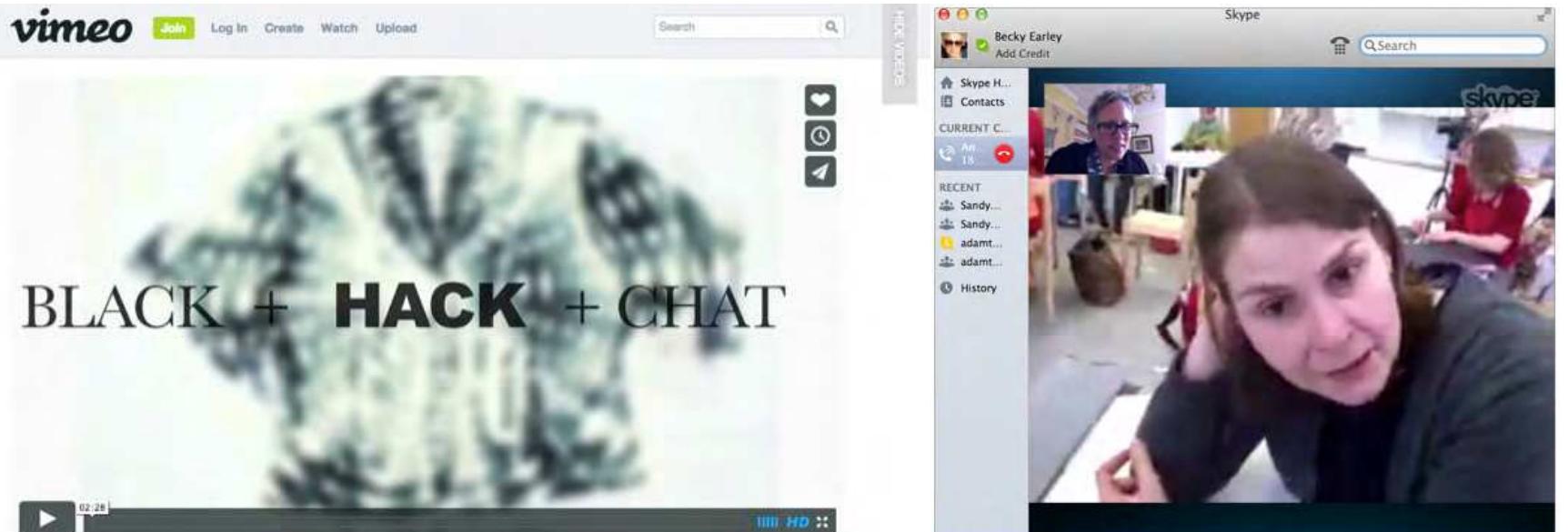Figure 26 – uploaded by Rebecca Earley

Table 10 Textile Toolbox analysis of gaps and hotspots of the sustainable Swedish landscape Brown (2013) outlines how working with pre or post-consumer waste would include more labour costs and eliminate material costs. Setting up connections between manufacturers and designers directly would cut out the middleman and increase the upcycling initiatives. The lack of designers in Sweden working with pre consumer waste is determined at the outset as manufacture by Swedish brands is mainly outsourced. The reduction of chemical impacts is achieved through the collaboration between manufacturers and companies leading the way in innovation of materials and dyes. Reduction of chemical impacts succeeds when the chemical industry considers holistic approaches (MacLennan, 2014), and when collaborations of designers with industry stakeholders such as scientists lead to initiatives that reduce energy and water use (Rigby, 2013). Sweden’s recycling model, where most textiles are being incinerated at the end of life (Palm et al., 2013) is shifting towards research in closed loop chemical recycling and local manufacture of regenerated cellulose fibres.
Related Figures (165)





































































































































































Connect with 287M+ leading minds in your field
Discover breakthrough research and expand your academic network
Join for free